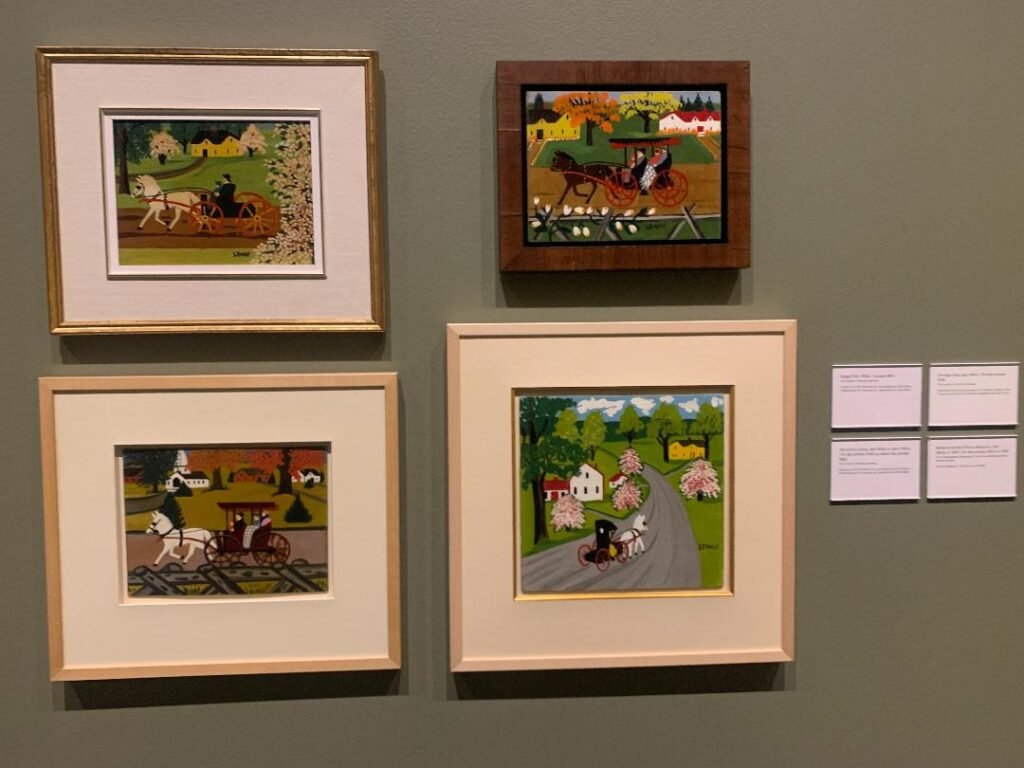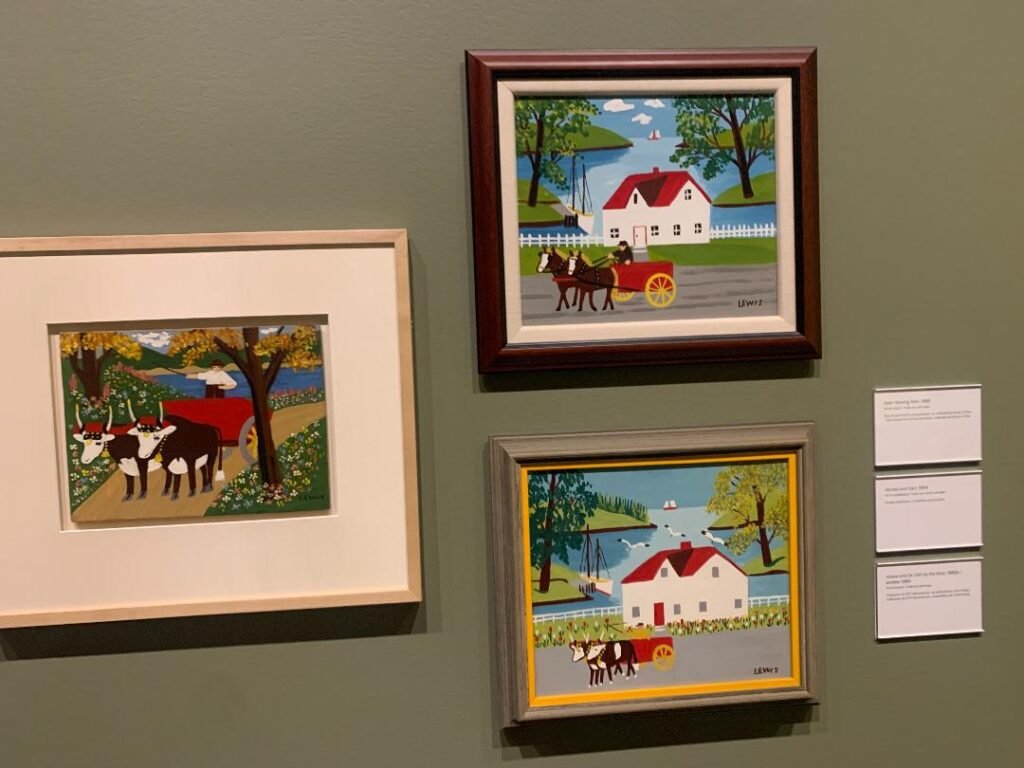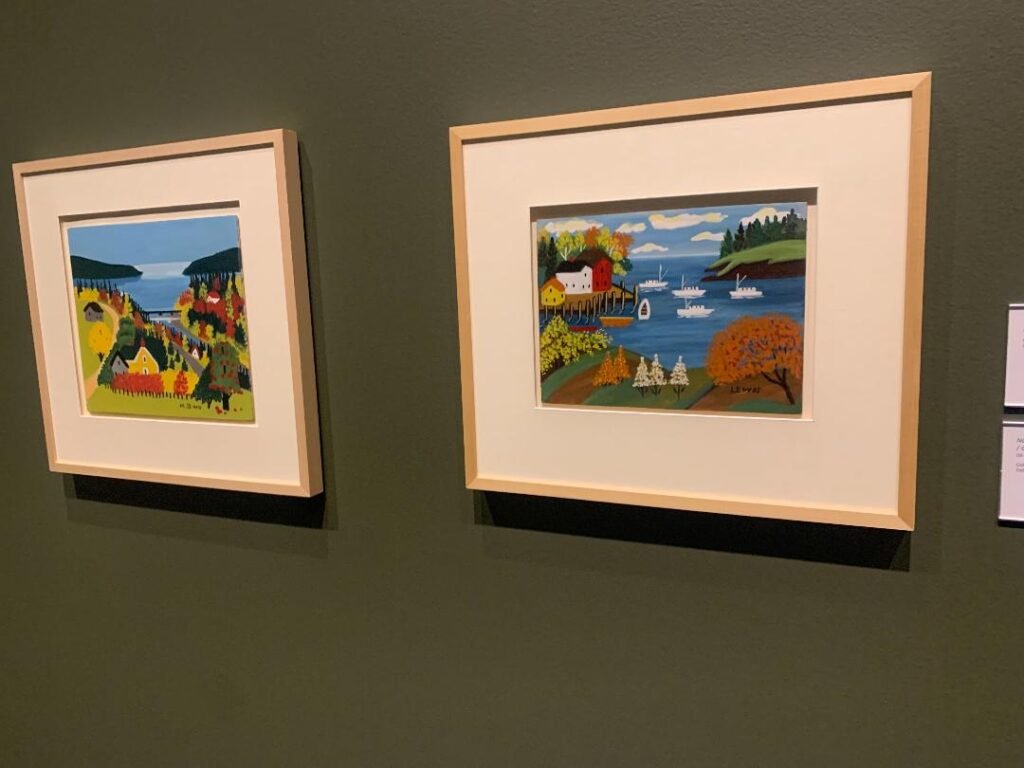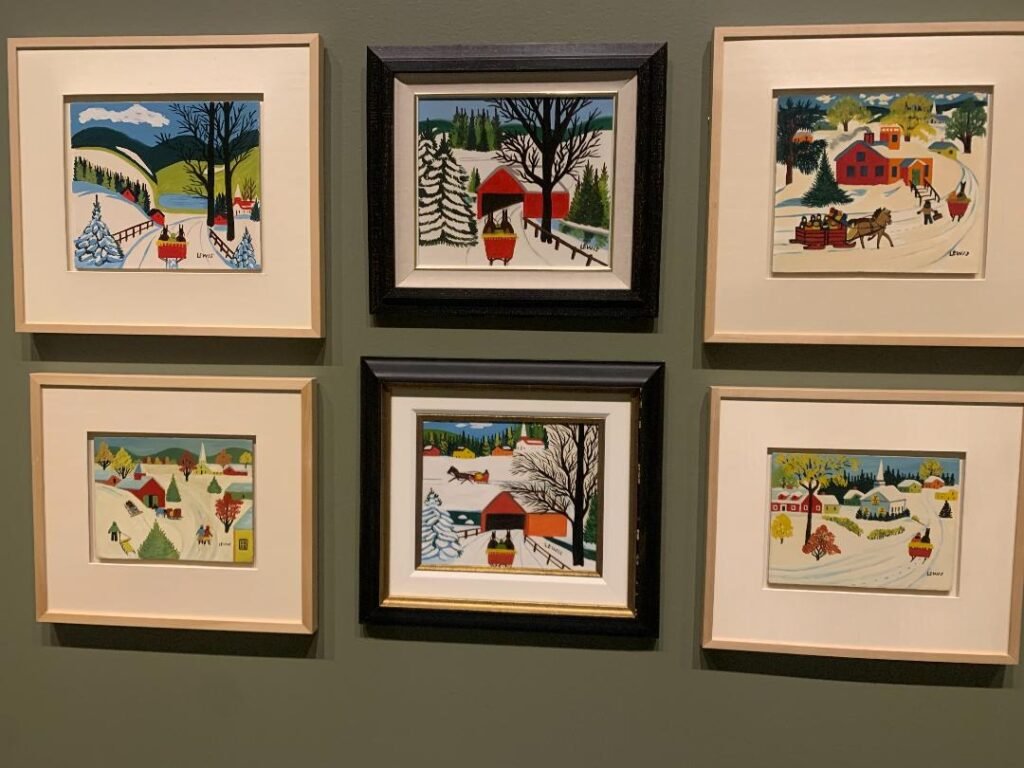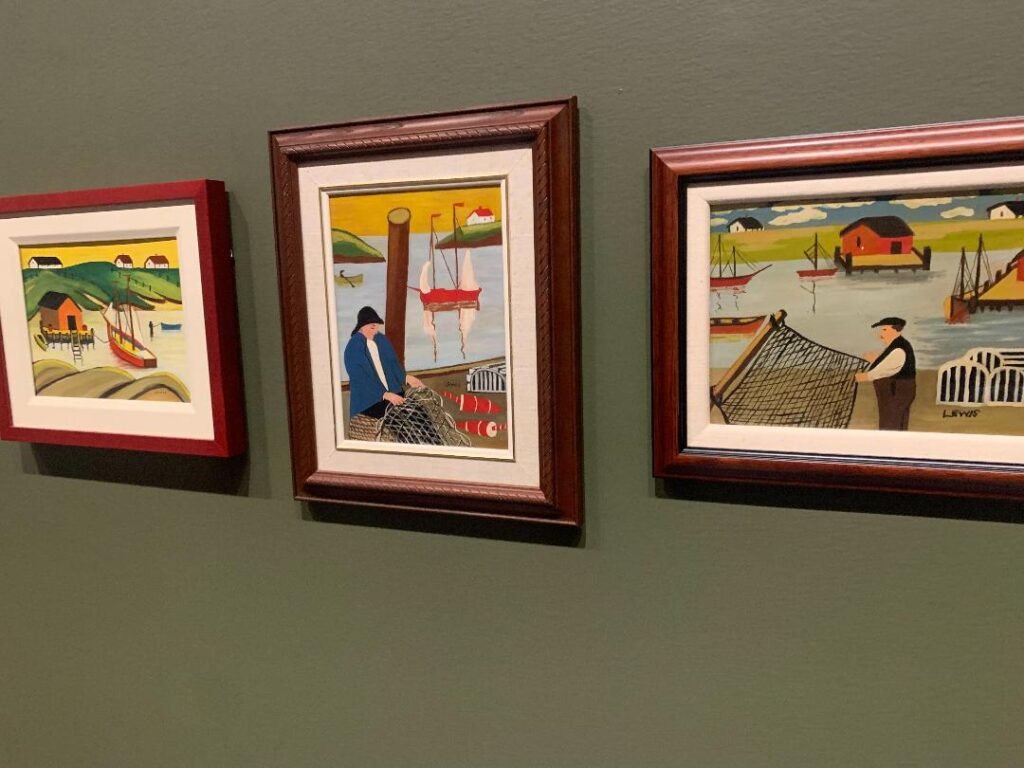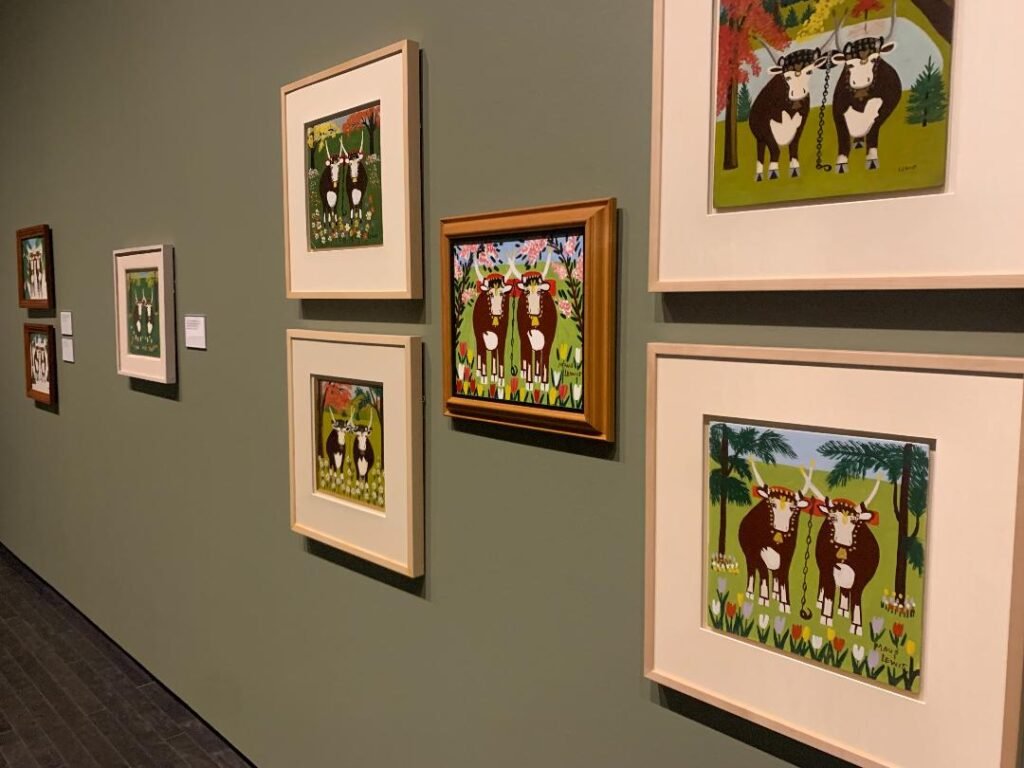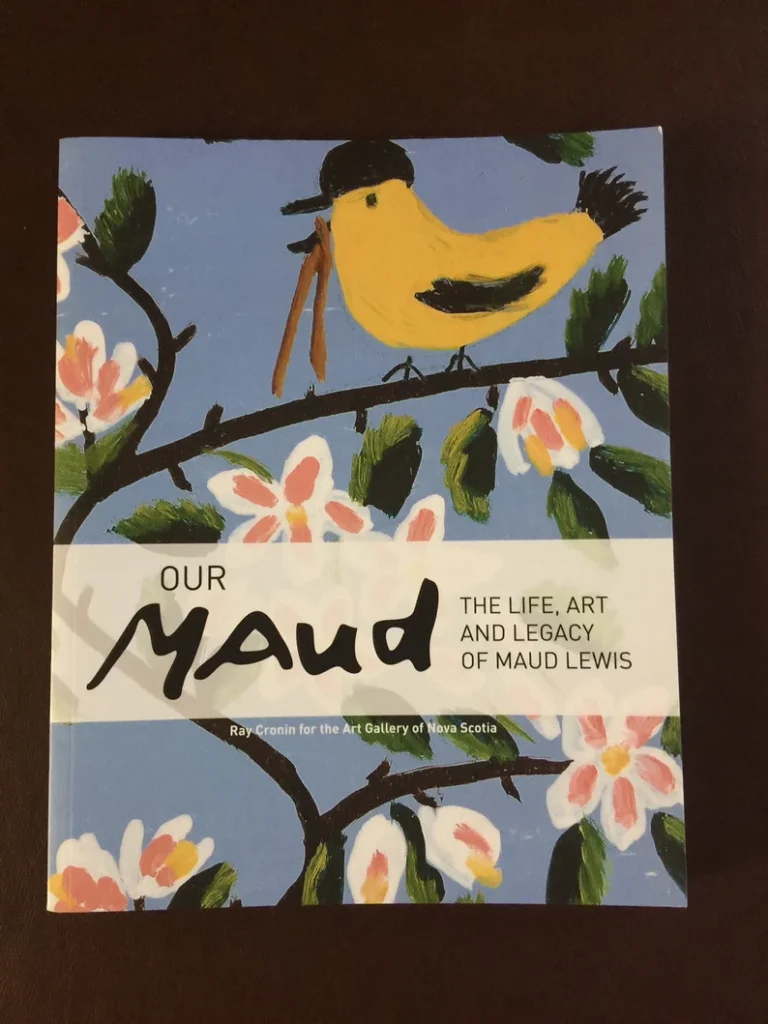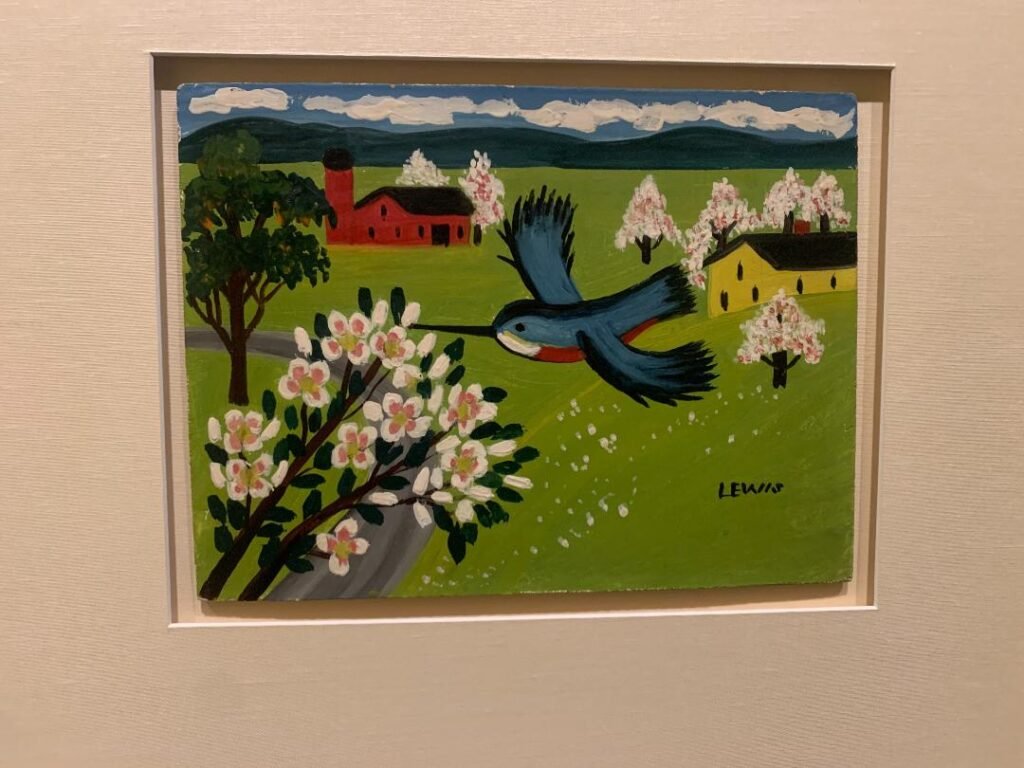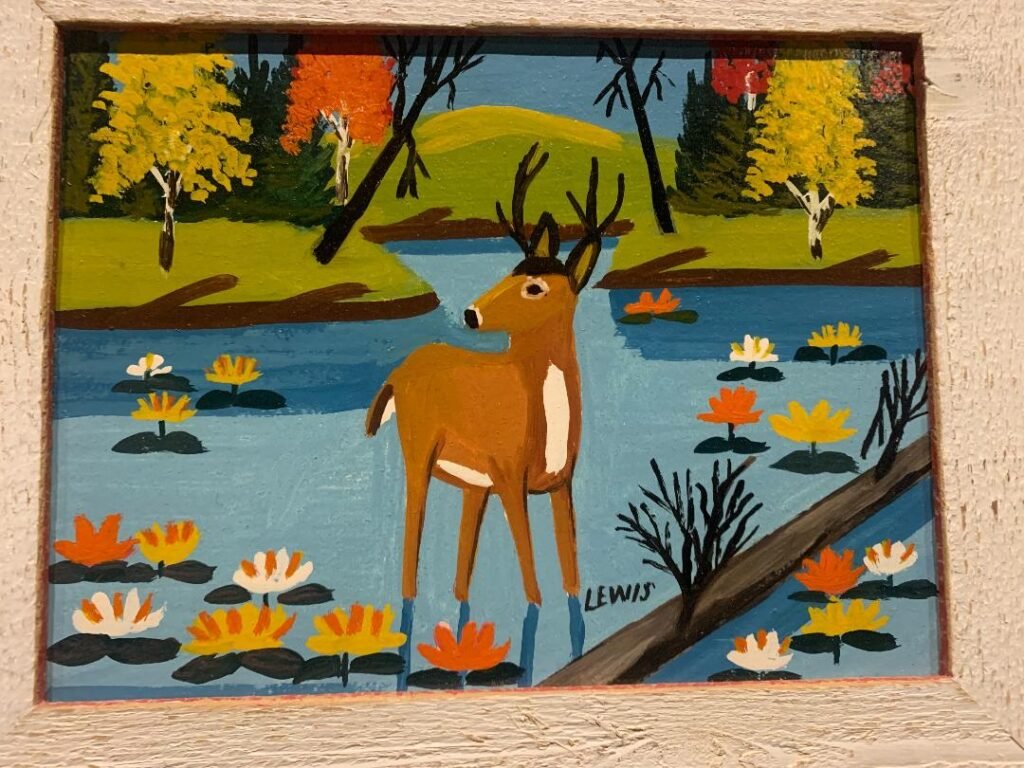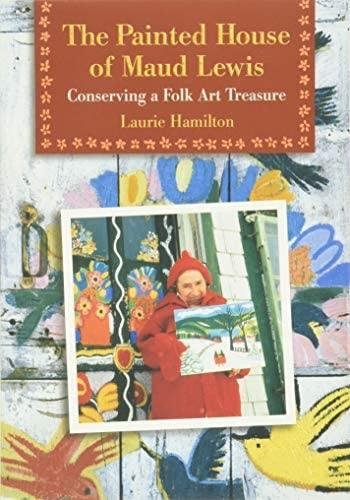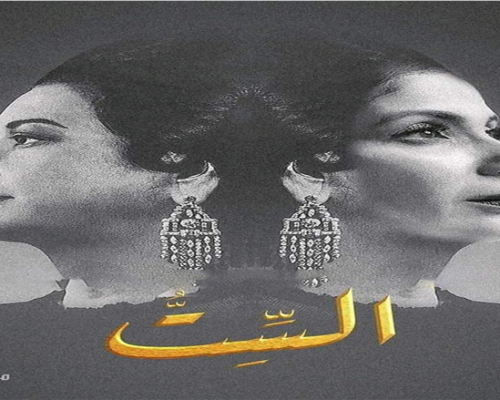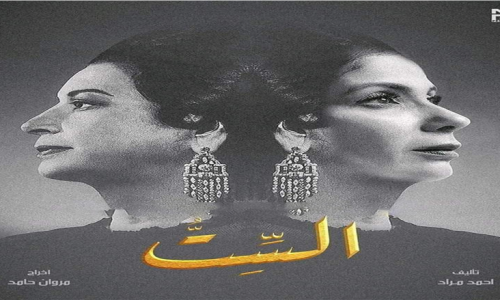By Taghreed Saadeh
At the Art Gallery of Alberta, located in the heart of downtown Edmonton, a special exhibition on the second floor radiates a distinctive sense of beauty. Built in 1924, the museum now hosts a collection of paintings that reflect both delicacy and brilliance.
The works on display, with their precise lines and dazzling colors, are striking in their simplicity and creativity. This exhibition showcases the art of Maud Lewis, a Canadian painter whose work has become part of the country’s cultural heritage. Lewis left an enduring mark on Canadian and global art, particularly within the realm of folk and abstract painting.
Yet Maud’s life story stands in stark contrast to her art. While her paintings overflowed with brightness and joy, her personal journey was marked by hardship and sorrow.
Early Life
Born in 1903 in the town of Yarmouth, Nova Scotia—a region famed for its natural beauty, Maud Lewis came into the world with severe physical challenges. She was born with deformities: a small stature, sloping shoulders, no chin, spinal curvature, and limited use of her hands. She endured constant mockery and bullying in school and her neighborhood. Later in life, her condition was diagnosed as rheumatoid arthritis, which grew progressively worse.
Her father was a shoemaker, and her mother had a love for artistic pursuits such as painting, folk crafts, and music. Encouraged by this environment, Maud learned piano, painting, embroidery, and other crafts considered suitable for middle-class girls. Ill health, however, forced her to leave school after only completing the fifth grade.
Beginnings in Art
Lewis began her artistic journey painting Christmas cards, which her mother sold to neighbors. After the death of her parents, Maud lived briefly with her brother, until he sold the family home and abandoned her. Left with nowhere to go, she stayed with her aunt in the town of Digby.
In 1928, Maud gave birth to a daughter, Catherine, but she never acknowledged her as her own child. Biographer Lance Woolaver recounts how Maud rejected Catherine, claiming her baby had been stillborn. This remained a painful, hidden chapter of her life.
In 1937, Maud answered a notice posted by Everett Lewis, a traveling fish peddler, who was seeking a housekeeper. Moving into his tiny one-room home in Marshalltown, she soon married him at the age of 36. Their small house, lacking electricity or plumbing, became both her residence and her lifelong studio.
Life and Work
Everett, though known for his frugality, supported Maud’s painting. He provided wood surfaces for her to paint on, while she covered almost every surface of their house, walls, doors, windows, and furniture, with colorful designs. She also painted oyster shells, trays, and household items with cats, flowers, and butterflies.
Her career gained momentum when a wealthy woman buying fish noticed her art and purchased several works. Everett also carried her painted Christmas cards and small works along his fish-selling rounds.
Despite her arthritis, which worsened with time, Maud continued painting daily. She often used bright, unmixed paints directly from the tube, creating vivid depictions of rural life, animals, flowers, and outdoor scenes. Her canvases were small, rarely larger than 8 by 10 inches, because her physical condition limited the range of her arm movements.
In the 1960s, her work began attracting national attention. The Star Weekly in Toronto published an article about her in 1964, leading to greater recognition. Even the White House, under President Richard Nixon, purchased two of her paintings.
Her pieces, which once sold for just two or three dollars, now fetch between $30,000 and $600,000 at auction.
Tragedy and Legacy
In 1968, Maud broke her hip, and her health deteriorated rapidly. She died in 1970 of pneumonia, at the age of 67, and was buried under her maiden name in Marshalltown.
Everett was murdered nine years later during a robbery at their home. After his death, the house, long covered in Maud’s bright, cheerful artwork, was preserved. In 1984, it was sold to the Province of Nova Scotia and later restored. It is now permanently displayed at the Art Gallery of Nova Scotia, where it remains a treasured landmark.
Maud Lewis’s art is celebrated across Canada. She has been honored with a commemorative stamp, a regional heritage day in 2019, numerous documentaries, and a 2016 feature film Maudie starring Sally Hawkins and Ethan Hawke, which premiered at the Toronto International Film Festival.
Eternal Joy
Despite her disabilities and the hardships of poverty, rejection, and illness, Maud Lewis transformed her suffering into radiant works of joy. Her paintings of cats, oxen, deer, and bright flowers carry a childlike purity and an irrepressible optimism.
As she once said:n“I put the same things, I never change. Same colors, same designs. I paint from memory. I don’t copy much. I just imagine.”
Visiting her exhibition at the Art Gallery of Alberta, one cannot help but feel uplifted. The colors, the forms, the simplicity, they radiate an inner light. Canadians often call her their own “Grandma Moses,” likening her to the American folk painter Anna Mary Robertson Moses. Like Grandma Moses, Maud Lewis had no formal training, yet created timeless works that continue to bring smiles and a sense of wonder.
